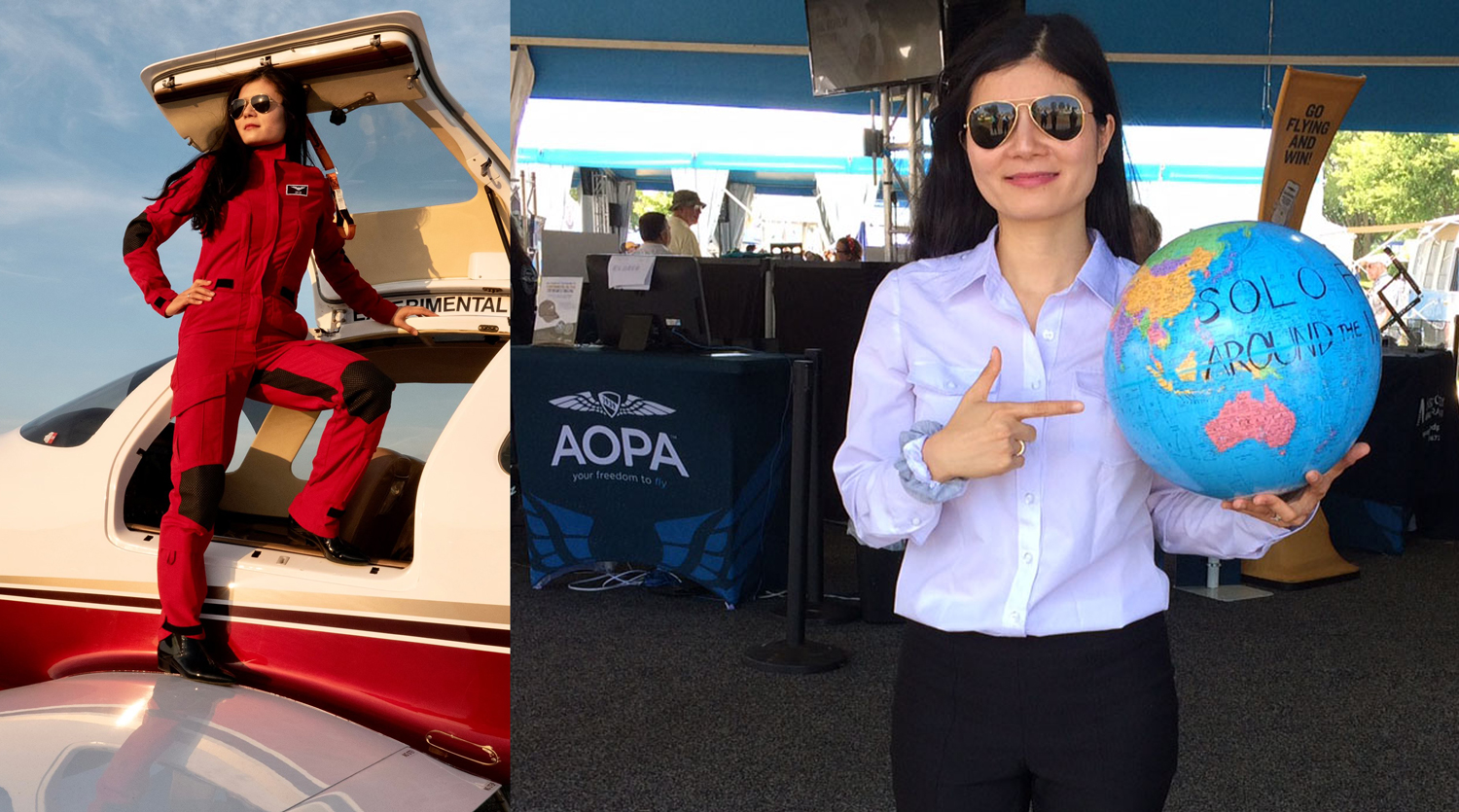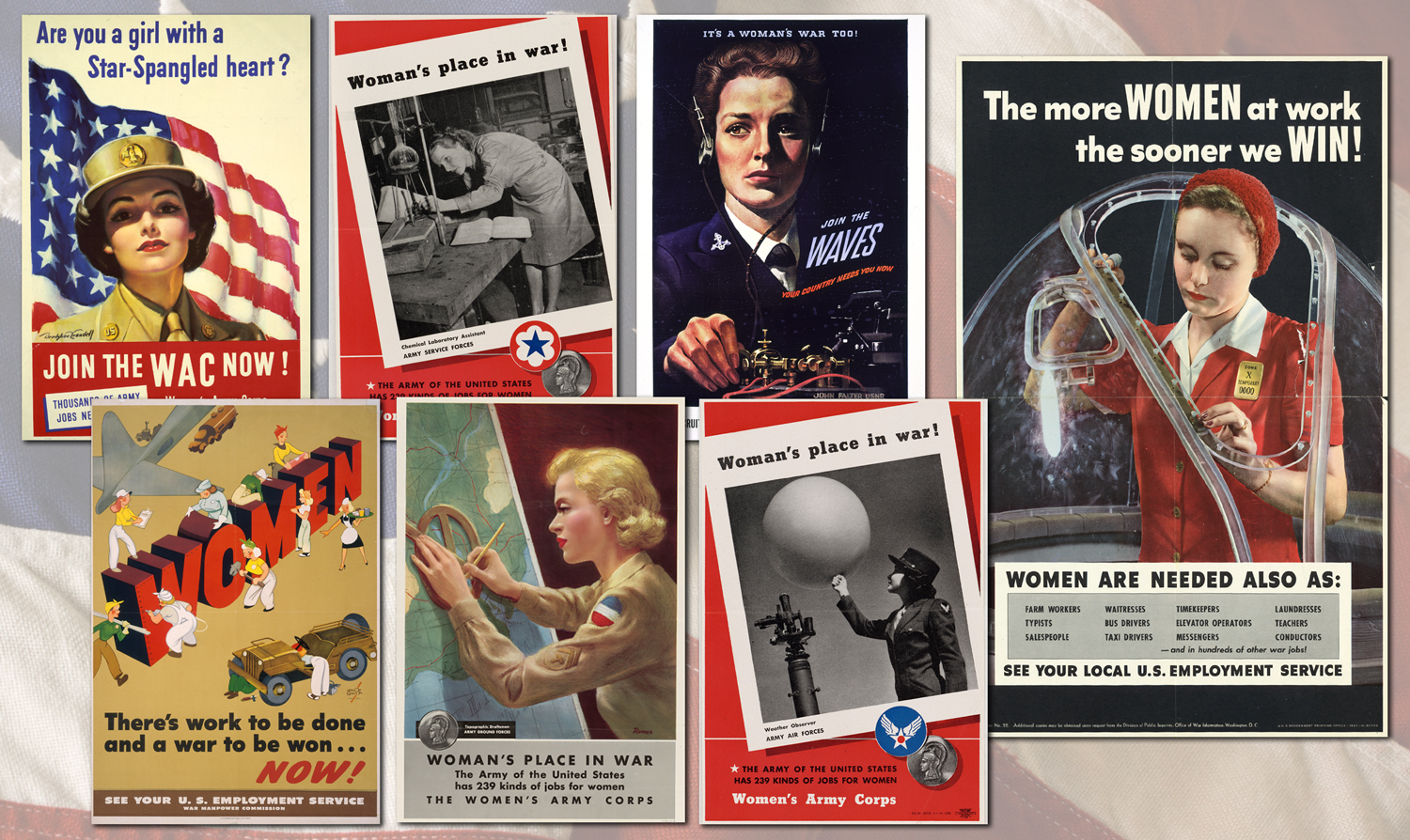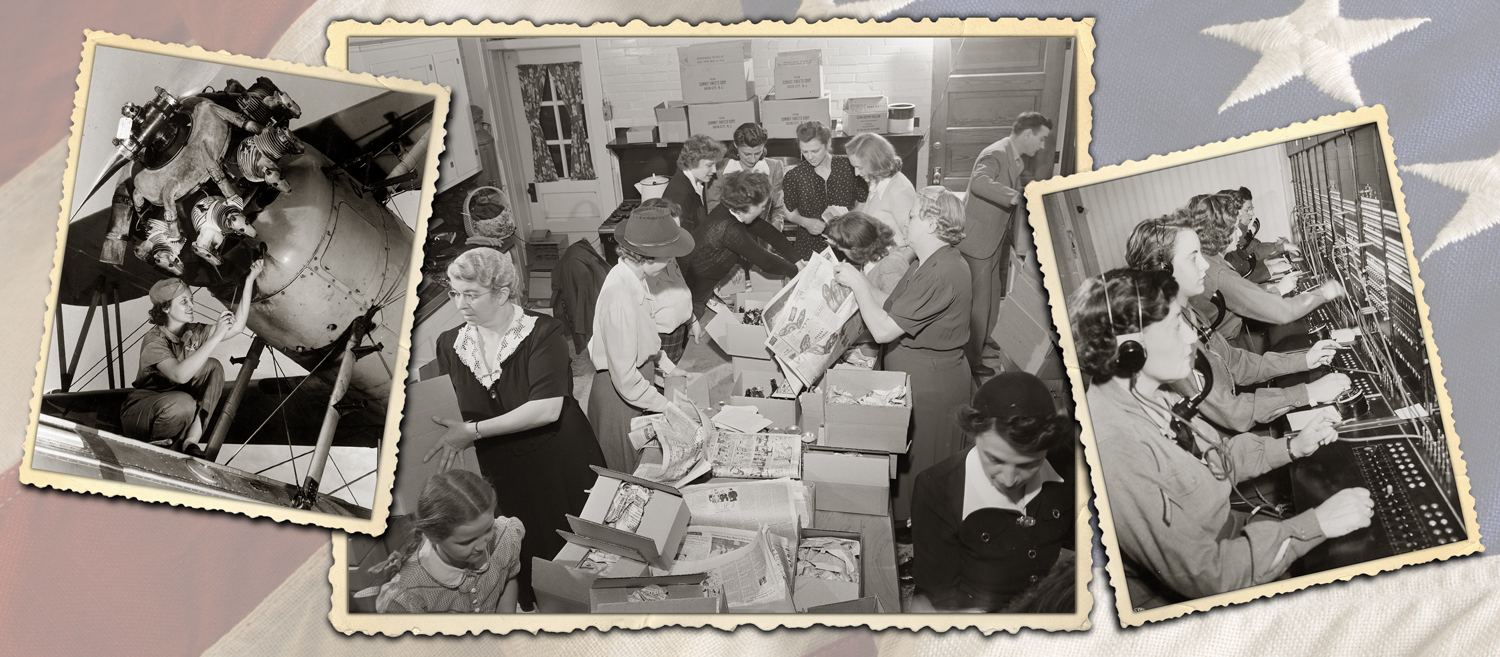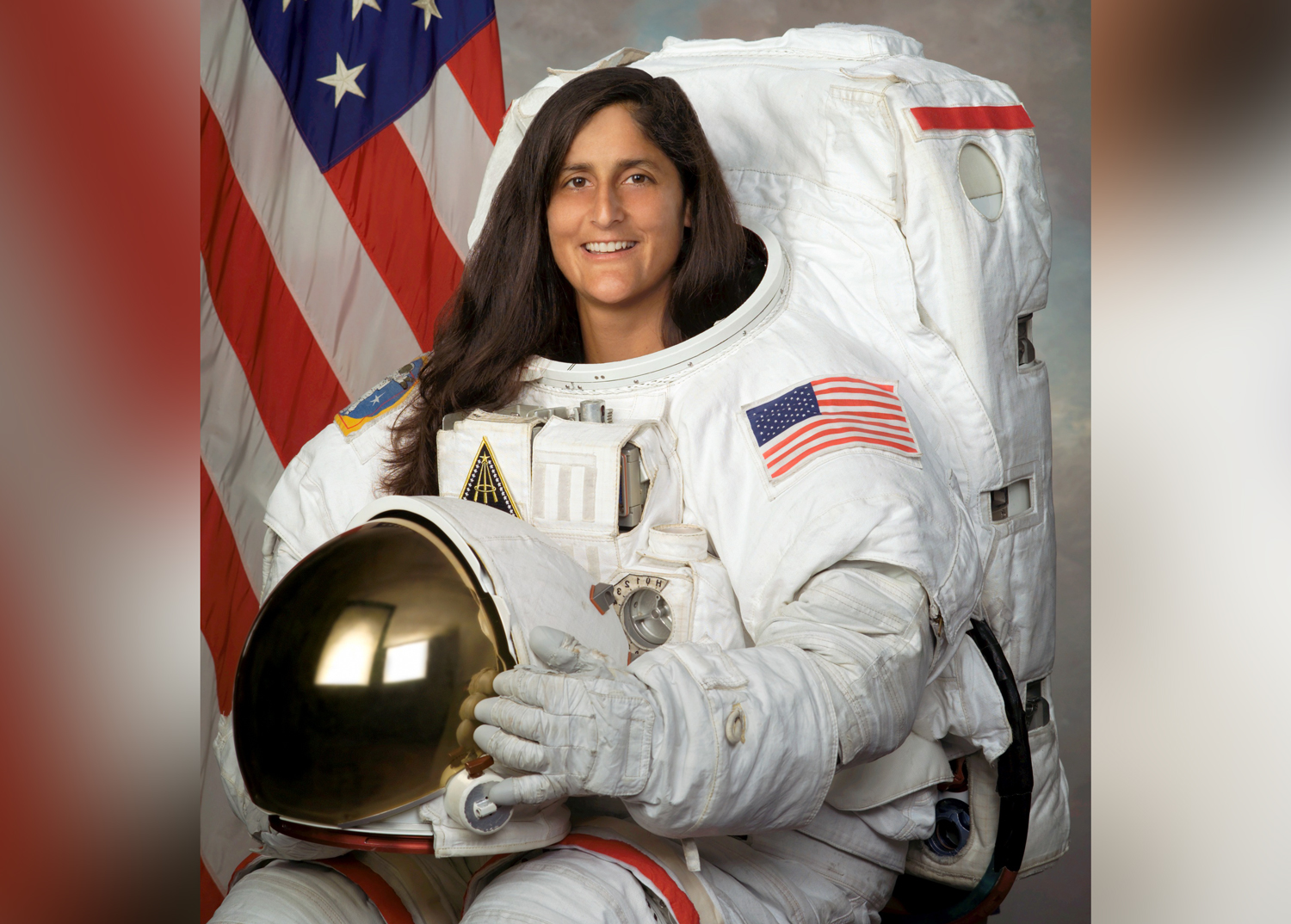Pioneer Pilot
Hazel Ying Lee was the first Asian American female pilot.
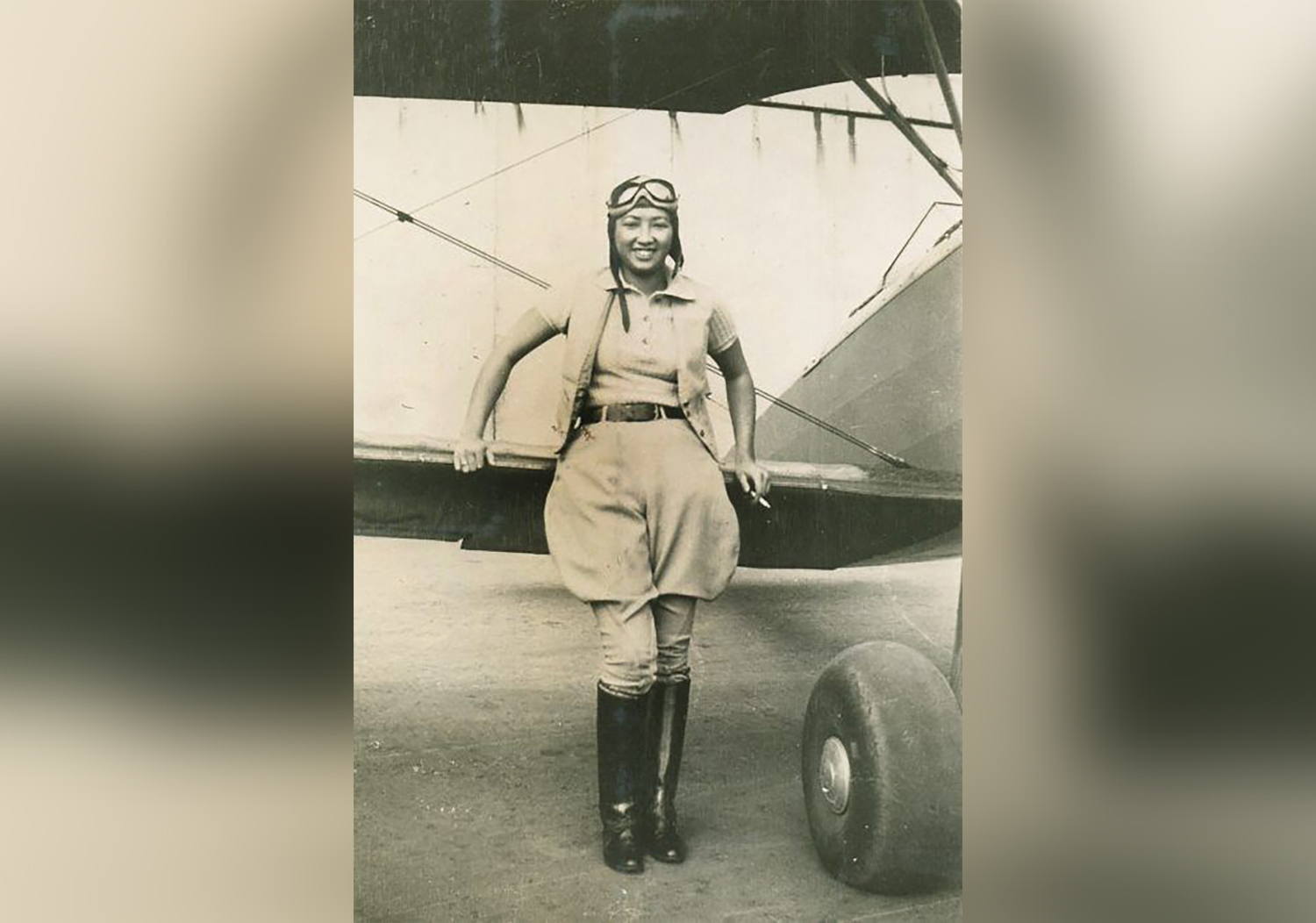
Hazel Ying Lee was 19 when she decided she wanted to be a pilot. But the year was 1931, and Lee had two strikes against her. She was a woman, and she was Asian American. Although other women had overcome discrimination to take to the skies, there were no Asian American female pilots—not yet. Lee would become the first.
Lee had read about a new flight school in her hometown of Portland, Oregon. Named the Chinese Flying Club of Portland, its purpose was to train Chinese American pilots so they could join the Chinese military and defend China from Japan, which had recently invaded. Lee, who was Chinese American, signed up for lessons. She wasn’t just fascinated with flight. She also wanted to defend her parents’ country of birth. Lee earned her pilot’s license in October 1932 and traveled to China soon after. But when she learned that the Chinese air force didn’t accept women pilots, she began flying commercial planes instead.
By 1938, the year Lee returned to the United States, Japan controlled a large portion of China. Lee found a job with an organization that sent military supplies to China. Meanwhile, the United States sympathized with China, and its relationship with Japan was growing worse. In 1939, World War II began, pitting Britain, France, Russia, and China against Germany, Italy, and Japan. When the United States entered the war in 1941, Lee saw another opportunity to help the allied cause—and this time, she would have a chance to fly military planes.
In 1942, Lee went to Texas to begin training for the Women’s Flying Training Detachment, which would eventually become the Women Airforce Service Pilots (WASP). WASP trained women (who would become known as “WASPs”) to fly military aircraft. Lee was one of only two Asian American women and five women of color accepted into the WASP program. She devoted some of her time to educating the other trainees about Chinese culture. She often wrote the other pilots’ names on their planes in Chinese characters.
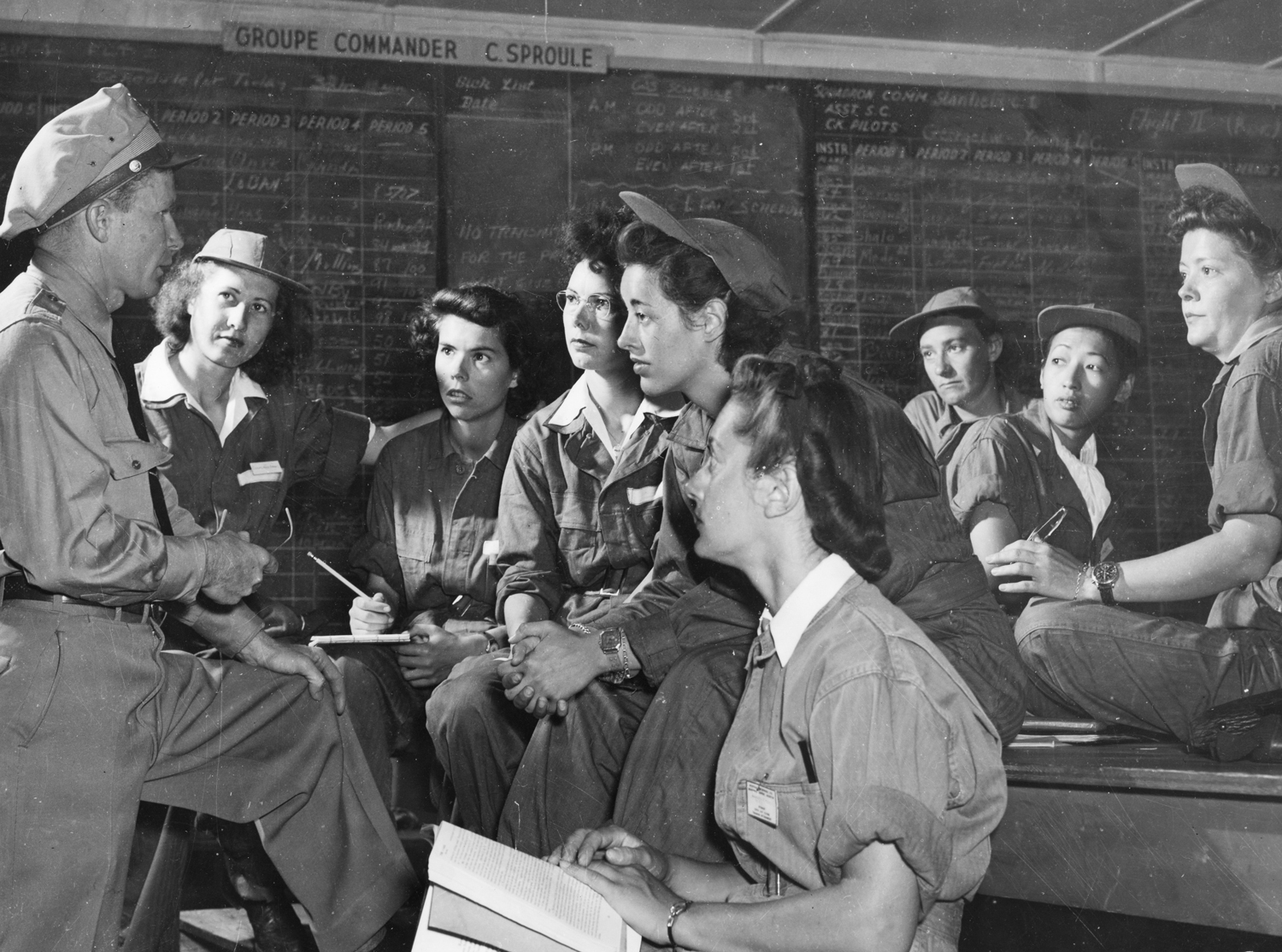
The WASPs weren’t allowed to fight on the front lines of the war. Instead, they transported planes and supplies wherever needed. In November 1944, Lee was ordered to transport a fighter plane called a P-63 Kingcobra from a factory to an airport in Montana. In a tragic error, she was given clearance to land at the same time as another aircraft. The two planes collided, and Lee died as a result of her injuries.
Like the other WASPs, Lee was classified as a civilian. Her family received no military benefits after her death. But more recently, the United States has recognized how much the WASPs and other women contributed to the war effort. In 1977, U.S. president Jimmy Carter gave the WASPs veteran status—and in 2010, U.S. president Barack Obama honored the WASPs with the Congressional Gold Medal.
Lee was told she couldn’t do something but found a way to do it anyway. Long after she served her country, she continues to be an inspiration to many.
